Have you never been to the dentist simply because you don’t know what to expect? If so, you’re not alone.Millions of Americans experience dental fear and one of the leading reasons for dental fear is the uncertainty surrounding that first dental visit. Regardless of whether you are going to the dentist for the very first time, or returning to the dentist after several (or many) years, having a clear understanding of what your initial visit will entail can ease dental anxiety.

Your First Visit to the Dentist: What to Expect
Millions of Americans experience dental fear and one of the leading reasons for dental fear is the uncertainty surrounding that first dental visit.
Modern Dentistry May Surprise You
While many may cringe at the mere thought of the whine of a dental drill, the reality is that modern dentistry is much different than it used to be. Most dentists today are well aware of the fear some have of the dental chair and are sensitive to patients who may be apprehensive. Also, where dentists in the past concentrated more on treatment of tooth decay than prevention, today the opposite is true. The majority of modern dentists practice what is known as minimally invasive dentistry, which focuses primarily on improving and maintaining a patient’s dental health. In addition, advances in dental technology have made dental procedures shorter, less painful and more affordable than ever.
Your First Visit
1. For your first dental visit, it is a good idea to arrive 10-15 minutes early. You will usually be asked to fill out some paperwork in order to supply the dentist’s office with your insurance information, as well as provide important dental health information to your dentist.
2. Once you have completed the required paperwork, a dental hygienist will escort you to an exam room. Before you can be seen by a dentist, you will need to have dental x-rays taken. The hygienist will usually take the x-rays so the dentist can review them before they see you. Unlike dentists of the past, most dentists today make use of digital x-rays, which emit virtually no radiation and produce x-rays that give dentists much more information than traditional x-rays can. These digital x-ray machines are also far more comfortable than traditional x-ray machines. In some cases, you don’t even have to open your mouth for the x-rays to be taken.
3. After your x-rays have been taken and the dentist is ready, they will come into the treatment room and introduce themselves. Before they begin to work on your teeth, however, they will talk to you, asking questions to help them better understand your needs and answering any questions you may have. The dentist may ask you about:
- Any previous dental treatments you may have had
- If you are currently experiencing any issues
- Your current health conditions, if any
- Medications you take, including supplements, vitamins, etc.
4. Your dentist may also review your new dental x-rays with you at this time. Most dental offices that use digital x-rays can display them on a computer monitor for patients to see. This allows the dentist to review the x-rays with you and answer any questions you may have.
5. The dentist will typically follow the examination of your dental x-rays with a dental exam. Using specialized dental instruments, the dentist will check your teeth and gums, inspect any dental issues you may be experiencing and try to get a better understanding of your current oral health.
6. The dentist will use all the information they have gathered to develop a treatment plan to bring your oral health up to an acceptable level and maintain it over the long term. The dentist will discuss this plan with you, provide you with options and answer any questions you may have.
7. Typically, your first dental appointment will include a teeth cleaning, which is performed by a dental hygienist.The cleaning will help remove any plaque or tartar buildup you may have and get you well on your way to good oral health. You’ll leave your dentist’s office with your mouth feeling fresher and cleaner than ever before!
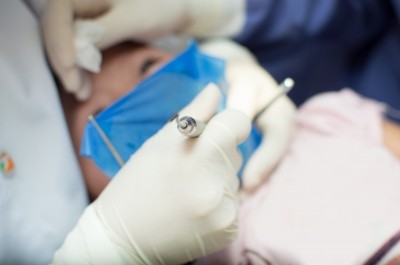 Dentist |
Future Visits
Depending on any oral health issues you may have and the treatment plan you and your dentist agree upon, you may be required to make follow up appointments to complete your treatment. Once any immediate oral health concerns have been treated, so long as you follow your dentist’s instructions and don’t develop any additional dental health concerns, you should only need to see your dentist once every 4-6 months for a checkup and cleaning. In most cases, patients who brave that first visit to the dentist quickly learn that modern dentistry is not as frightening as they once thought and often come to enjoy visiting the dentist.
Resource
The team members at Rocky Mountain Dental Partners are your partners in helping you achieve a bright, dazzling smile and the excellent oral health you deserve. We are here to answer your questions and help you overcome whatever obstacles may be preventing you from reaching your dental health goal.
Related Video
You might also like
Regrow Your Broken Or Damaged Teeth - What Dentist Don't Want ...Regrowing Teeth Is Not Just An Anomaly, It's Actually Something Our Body Has ...
Is The Spinbrush Toothbrush Worth It?Models of the Spinbrush have bristles that move, and advertise better home de...
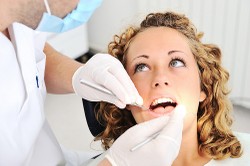

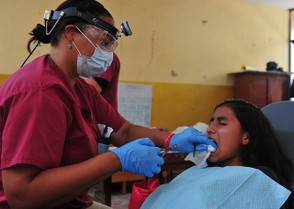

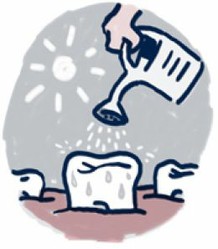
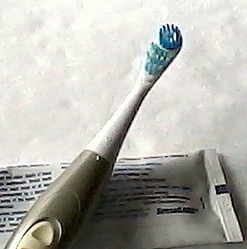
Comments